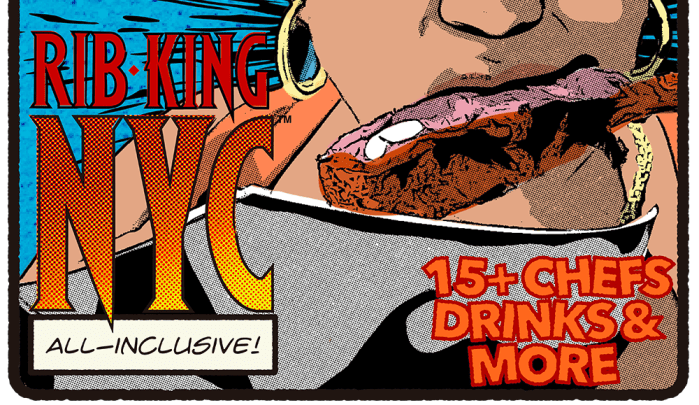Forget Anthony Hopkins, Hugh Jackman and Rutger Hauer. None of the actors resembled the real Van Helsing. Polish journalist Adam Weglowski claims he has solved the mystery of the most famous vampire hunter, Dracula’s nemesis.
Not Helsing, but Helwing
It is known that while writing about Van Helsing, Bram Stoker could have had a real person in mind. Węgłowski claims he has found out that Stoker’s model was in fact a Lutheran pastor named Helwing, who 300 years ago studied vampires and werewolves. “In one of his articles, Helwing described how during an epidemic of bubonic plague, the inhabitants of Masuria (a region in Prussia, now in Poland) fought supposed vampires by decapitating them. The peasants also had the habit of stabbing the corpses with stakes,” Weglowski writes.
Georg Andreas Helwing (1666-1748) came from the small town of Wegorzewo. He was not only a clergyman but also a physician. He took interest in botany and natural sciences. Weglowski reveals that Helwing wrote several books and papers, also those on popular beliefs, including vampires. “The similarity of the surnames and interests is striking,” he claims. Helwing also traveled in the Netherlands, Van Helsing’s homeland, and made several acquaintances there.
Vámbéry’s role
But how could Stoker find out about Helwing? The answer is simple: from his friend Ármin Vámbéry, a distinguished erudite and polyglot who came from a Jewish family in Slovakia.
Stoker’s biographers suspect that it was Vámbéry who told the writer about the forgotten bloodthirsty medieval prince Vlad the Impaler, also known as Dracula. So why not about Helwing’s articles on anti-vampire practices in Eastern Europe?
Disease, not monsters
In Helwing’s homeland, vampire hysteria reached its climax during a bubonic plague epidemic (1708-1711). He described the incident of finding a monster in the village of Harsz: “After singing a song for the dead, the head was chopped off with a spade and thrown back into the tomb together with a live dog.” The peasants widely believed that the dead who rose from their tombs as vampires spread the disease. Such superstitions were popular among common folk, but Helwing tried to contain the disease with scientific methods.
“Just like the novel’s Van Helsing, Pastor Helwing wanted to defend people. In the real world, disease was a threat, not vampires,” Weglowski explains. “Like Van Helsing, Helwing risked his life to save those in danger.”
























